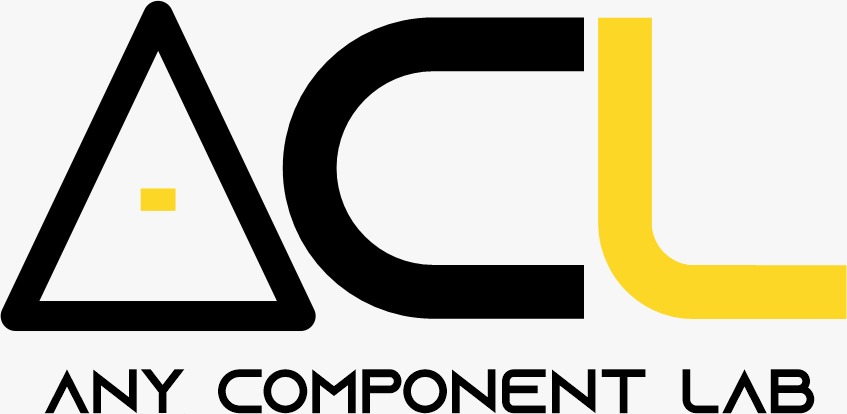Imagine a world where electricity flows freely, without control, wreaking havoc on delicate circuits and rendering our electronic devices useless. This chaotic landscape is precisely what the humble diode prevents. Often overlooked amidst the intricate circuitry and dazzling displays, the diode acts as a silent guardian, ensuring the smooth flow of current in a specific direction and protecting circuits from damaging reverse currents.
What is a Diode?
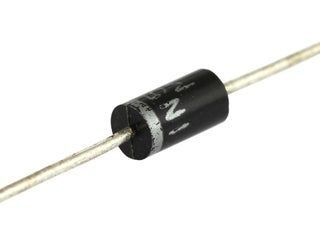
Think of a diode like a tiny valve, controlling the flow of water through a pipe. Instead of water, diodes manage the flow of electricity. They are made from a special material called a semiconductor, which has properties somewhere between a conductor (like copper wire) and an insulator (like rubber).
At its core, a diode is a two-terminal semiconductor device that acts as a one-way gate for electricity. Constructed from a p-type semiconductor and an n-type semiconductor joined together, the diode forms a p-n junction, a crucial element in its operation. This junction acts like a barrier, allowing current to flow easily from the p-type to the n-type (forward bias) but blocking current flow in the opposite direction (reverse bias). This fundamental property makes diodes essential for controlling the flow of electricity in electronic circuits.
P-type semiconductor: This type has a surplus of “holes,” which are spaces where electrons should be, but aren’t. These holes act like positive charges.
N-type semiconductor: This type has an excess of negatively charged electrons.

Variations and Their Roles:
Just like the gates of a city, diodes come in a variety of forms, each designed to control the flow of electricity in specific ways, catering to different applications:
Rectifier Diodes: Imagine a gate that selectively allows only half of a fluctuating wave to pass through. Rectifier diodes, the most common type, act like these gates, converting alternating current (AC) into direct current (DC) by blocking the negative half-cycle of the AC waveform. This process, known as rectification, is fundamental for powering electronic devices that require a stable DC supply, such as computers, smartphones, and appliances.
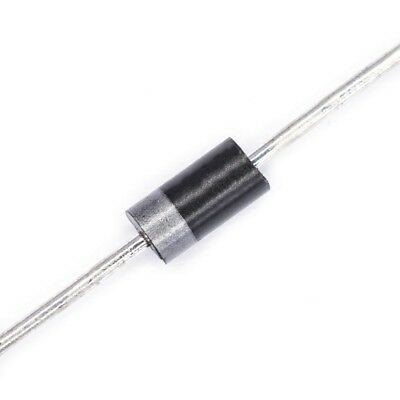
Think of it like this:
AC power is like a seesaw, constantly switching back and forth between positive and negative voltages. Rectifier diodes act like a one-way valve, allowing only the positive part of the seesaw to pass through, creating a smooth, steady flow of DC power.
Zener Diodes: Imagine a gate that maintains a constant pressure, ensuring a steady flow despite fluctuations in external forces. Zener diodes act like these gates in circuits, maintaining a constant voltage across their terminals even when the current flow changes. They are vital for voltage regulation and protection circuits, ensuring stable operation and preventing damage to sensitive components.
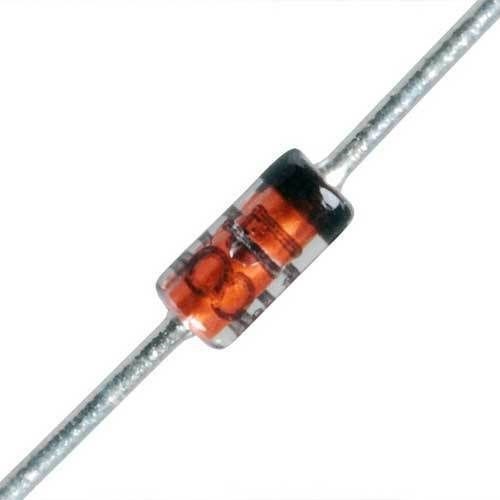
Think of it like this:
Imagine a water tank with a valve at the bottom. If the water pressure in the tank fluctuates, the valve can be adjusted to maintain a constant water pressure coming out. Zener diodes act similarly in circuits, maintaining a constant voltage even when the input voltage changes.
Schottky Diodes: These diodes feature a metal-semiconductor junction, offering faster switching speeds and lower voltage drops compared to traditional diodes. They are crucial in high-speed circuits and switching applications where efficiency and speed are paramount. Think of them as the express lanes for electrical signals, enabling faster processing and data transmission.
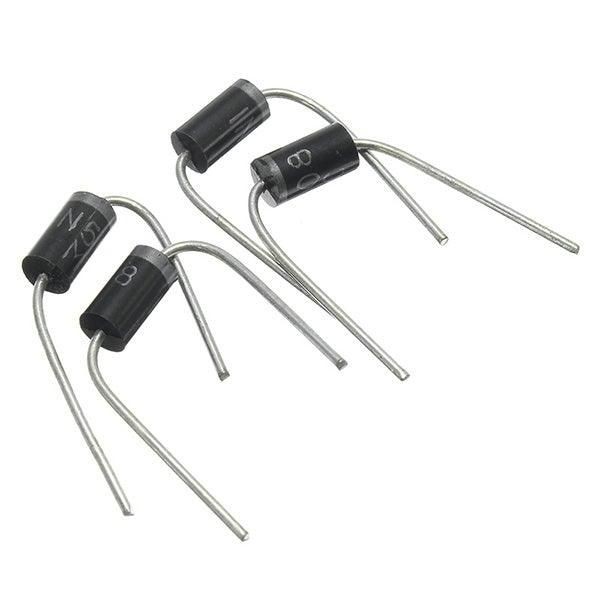
Think of it like this:
Imagine a regular gate that takes a few seconds to open and close, versus a high-speed gate that can open and close instantly. Schottky diodes are like the high-speed gates, allowing signals to pass through with minimal delay.
Light-Emitting Diodes (LEDs): Imagine a gate that glows when electricity flows through it. LEDs are diodes that emit light when current passes through them. They are found in countless applications, from displays and lighting to communication and sensors. LEDs offer energy efficiency, durability, and vibrant colors, revolutionizing illumination and creating new possibilities in visual communication.

Photodiodes: These diodes are sensitive to light, acting like gates that open when exposed to sunlight. They generate a current when exposed to light, enabling applications in light sensors, cameras, and other optoelectronic systems. Photodiodes are essential for capturing images, measuring light intensity, and detecting light signals.
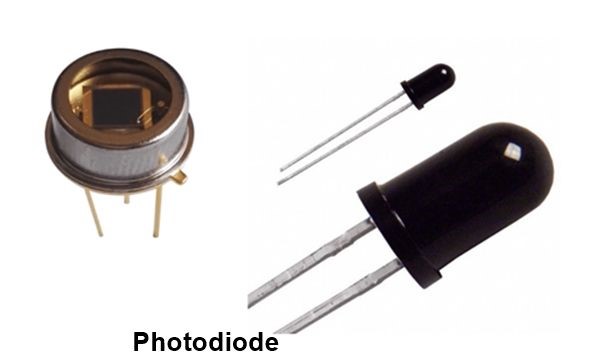
The Diodes Influence on Circuits:
Diodes are not just passive components; they are active participants in the dynamic world of electronics, shaping the behavior of circuits and enabling a vast range of functionalities:
Rectification: Rectifier diodes, the gatekeepers of AC power, are essential in power supplies, transforming the fluctuating AC voltage into a stable DC voltage. This enables the use of DC power for a wide range of electronic devices, from computers to smartphones.
Voltage Regulation: Zener diodes, the gatekeepers of stable voltage even when the input voltage fluctuates or the load changes. They are crucial for protecting sensitive electronic components and ensuring smooth operation.
Switching Applications: Diodes are used in switching circuits to control the flow of current, enabling various electronic functions, like turning on and off LEDs, controlling motors, and regulating power flow.
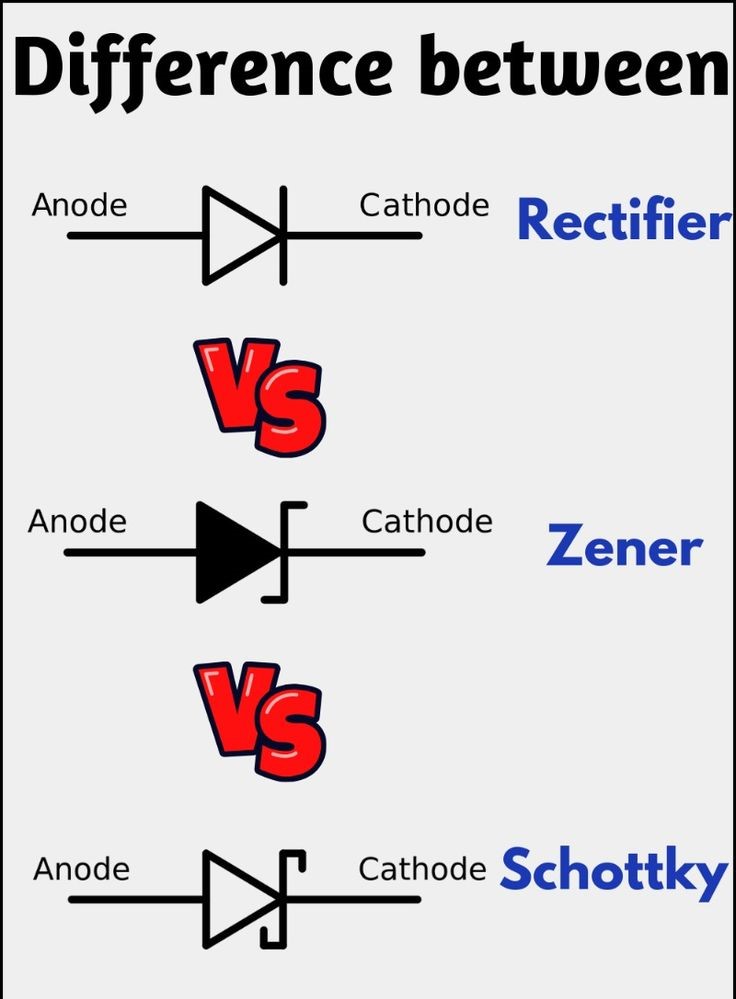
Protection: Diodes act as one-way valves, preventing current from flowing in the wrong direction. This protective role prevents damage to sensitive circuits, ensuring reliable operation and extending the life of electronic devices.
Signal Processing: Diodes are used in clippers, clampers, and other signal processing circuits to shape and manipulate waveforms, ensuring clean and accurate signals for audio, video, and communication applications.
Logic Gates: Diodes, like tiny switches, form the basis of basic logic gates like AND, OR, and NOT. They control the flow of information in logic circuits, enabling the complex computations that power modern computers.
Diode Characteristics and Parameters:
Diodes, despite their simplicity, possess several crucial characteristics that determine their suitability for specific applications:
Forward Voltage Drop (Vf): This is the voltage drop across a diode when it’s forward biased and conducting current. It varies depending on the diode type and material.
Reverse Leakage Current (Ir): Even when a diode is reverse biased, a small amount of current can flow through it. This is known as reverse leakage current.
Reverse Breakdown Voltage (Vr): This is the maximum reverse voltage that a diode can withstand before it breaks down and starts conducting current in reverse.
Forward Current Rating (If): This is the maximum amount of forward current a diode can handle without being damaged.
Reverse Recovery Time (trr): The time it takes for a diode to transition from forward bias to reverse bias after a sudden change in voltage.
The Future of Diodes: A Glimpse into the Future:
As electronics continue to evolve, the demand for faster, more efficient, and smaller diodes is increasing. Advancements in materials science and manufacturing processes are leading to the development of diodes with improved performance characteristics and smaller footprints. This ensures that diodes will continue to play a crucial role in shaping the future of electronics, enabling the creation of even more complex and sophisticated devices.
In conclusion, while often overlooked, the diode is a critical component in the intricate world of electronics. Its ability to control current flow, protect circuits, and enable a wide range of electronic functionalities makes it a silent guardian, ensuring the reliable operation of countless devices that power our daily lives. Understanding the working of this seemingly simple component is essential for anyone seeking to navigate the ever-evolving landscape of electronic engineering.
The next time you encounter a device that utilizes electricity, remember the silent guardian, the diode, working tirelessly behind the scenes, ensuring a smooth flow of energy and protecting the delicate circuitry that powers our world.
Visit our online shop – Any Component Lab and start experimenting with this essential component in your next project!
Our various diode components;
… and many more!
